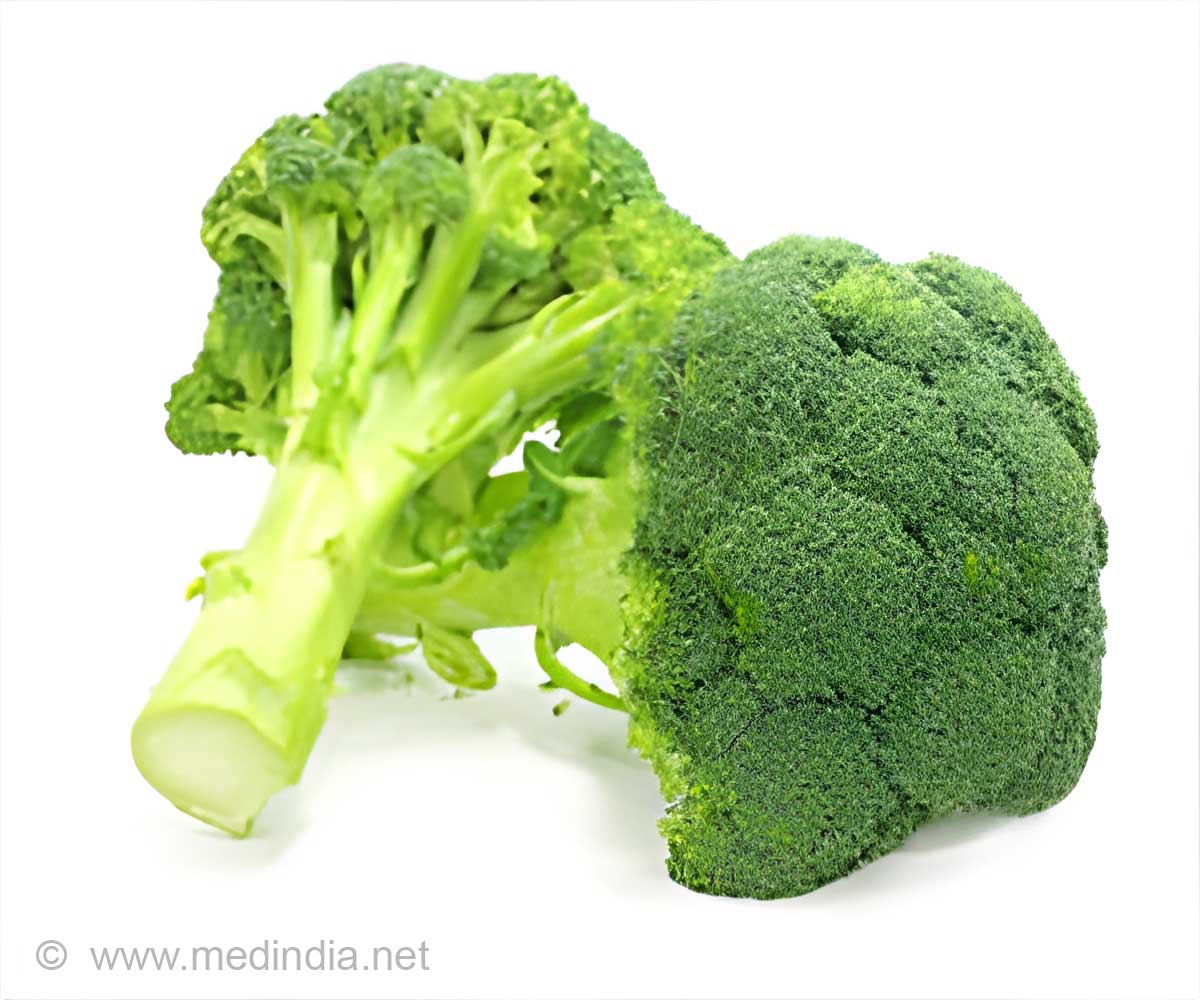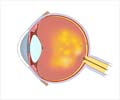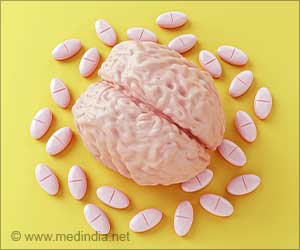I3C compound in broccoli helps activate the aryl hydrocarbon receptor protein which involves in chemical detoxification but declines with aging.

‘2,2-aminophenyl indole which is ten times more potent than I3C protects retinal cells in culture from stress and light-mediated damage.’





The "good-for-you" compound in broccoli which prompted the inquiry is indole-3-carbinol (I3C), which is currently being studied for cancer prevention. I3C helps clear cells of environmental toxins by activating the aryl hydrocarbon receptor (AhR) protein which upregulates pathways involved in chemical detoxification. AhR, which declines with age, is important for detoxifying the retina. Previous studies show that AhR-deficient mice develop a condition which looks extremely similar to AMD. When contemplating the possibility of boosting AhR via broccoli's I3C, Buck faculty and lead author Arvind Ramanathan, PhD, knew there was a challenge - I3C is weak activator of AhR.
So he used the chemical scaffold of I3C to do a 'virtual' screen of a publicly-available database of millions of compounds to find those that were related to I3C but would bind to AhR with more strength. His team came up with 2,2-aminophenyl indole (2AI) which is ten times more potent than I3C.
"2AI protected human retinal cells in culture from stress," said Ramanathan. "And it also protected retinal cells in mice from light-mediated damage. We are very excited about the potential for 2AI and look forward to developing it further." Ramanathan is also excited about the possibility of finding more potent versions of other naturally occurring molecules that show health benefits for age-related diseases.
"You would have to eat an unreasonable amount of broccoli and other cruciferous vegetables to get enough of a protective effect to impact AMD," he said. "This method allows us to capitalize on nature's wisdom to find related molecules that can deliver therapeutic benefit."
Advertisement
Ramanathan said data from the study suggests that at least some of the protective effects of the AhR activation may come via lipids. "We know that eating a diet rich in fish and omega fatty acids reduces the risk of AMD, even though we don't fully understand the mechanisms involved."
Advertisement
Source-Eurekalert













